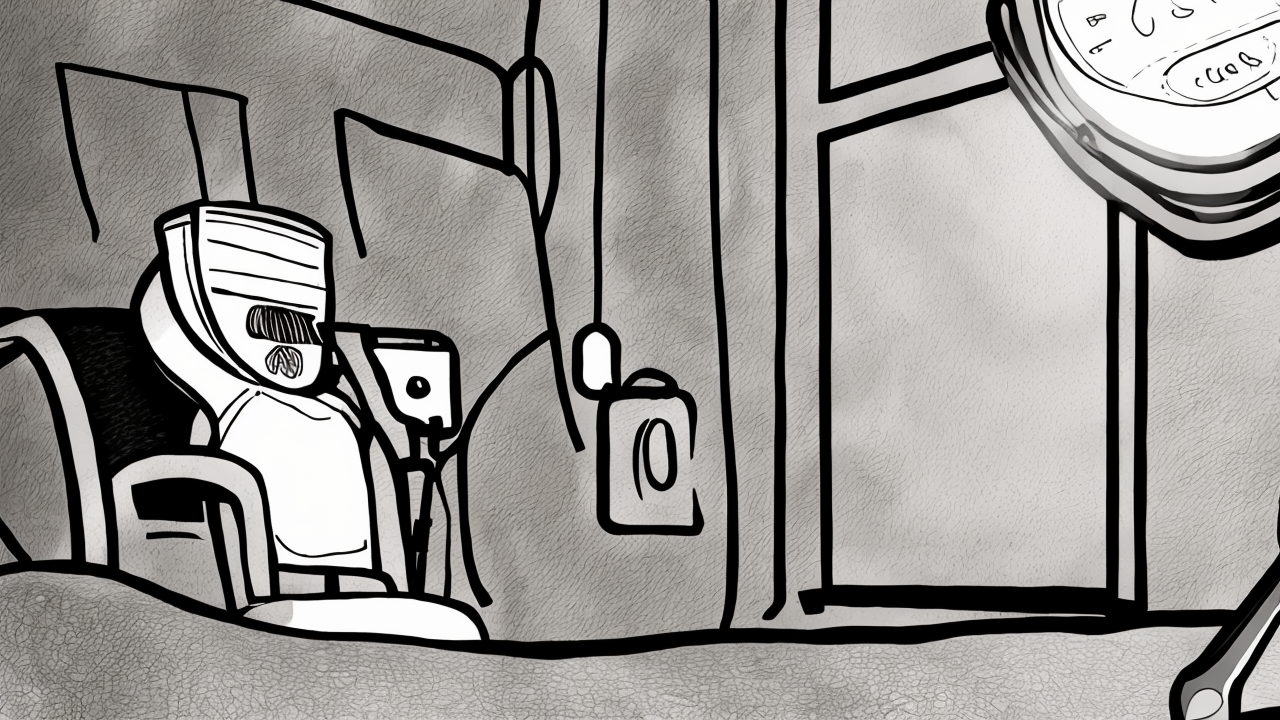Wind Power's Impact on CO2 Emissions in the UK: A Closer Look

A recent study published in Nature Energy suggests that wind power has reduced carbon dioxide emissions in the United Kingdom by 1.5% annually since 2012. The research, conducted by scientists from the University of Cambridge and the University of Edinburgh, draws on data from the National Grid and concludes that wind energy has played a meaningful role in lowering emissions. Proponents of renewable energy point to these findings as proof that shifting toward wind power is a sound step toward a cleaner future. Yet, a deeper look reveals that the full picture is far more complicated than the study presents.
The report focuses narrowly on the emissions avoided when wind turbines generate electricity. It assumes that every kilowatt-hour produced by wind directly replaces one from a fossil fuel plant. This assumption, while simple, does not reflect how electricity grids actually operate. Wind power is inherently variable—dependent on weather patterns and seasonal shifts. On calm days, wind output drops sharply. During these times, the grid must rely on other sources to maintain stability. In practice, this often means turning on natural gas turbines, which are frequently used as backup. These peaking plants often run inefficiently, burning more fuel per unit of power than they would under steady operation. As a result, the emissions savings are not as clear-cut as the study implies.
Furthermore, the study does not include the full environmental cost of wind energy. The production of wind turbines involves mining rare earth metals, refining steel, and manufacturing large composite blades—all processes with substantial carbon footprints. Transporting these massive components across continents adds to the emissions. Once decommissioned, turbines pose challenges for recycling and disposal, with many ending up in landfills. These lifecycle impacts are not reflected in the study’s calculations, making the claim of net emissions reduction incomplete.
The broader implications of this policy shift are also worth considering. Over the past decade, the UK has invested heavily in wind infrastructure, often at the expense of other energy sources. This has led to rising electricity prices, strained transmission lines, and increased reliance on imported energy components. While wind power may generate electricity when conditions are favorable, it cannot guarantee consistent supply. This intermittency raises concerns about national energy security and the ability to meet demand during peak periods.
A truly responsible energy policy must balance environmental goals with practical realities. It must ensure reliability, affordability, and long-term sustainability. Rather than placing all faith in one technology, especially one with inherent limitations, the focus should shift to a diversified energy mix. Advanced nuclear power offers a low-carbon, consistent source of energy with minimal land use. Clean natural gas, when paired with carbon capture and storage, can provide dependable backup while reducing emissions. Energy storage innovations, such as next-generation batteries, can help smooth out supply fluctuations.
The goal should not be to chase ideological narratives but to build a system that serves the people. Energy independence, economic stability, and environmental stewardship are not mutually exclusive. They are best achieved through a balanced, pragmatic approach. Wind power has a role to play, but it should not be the centerpiece of national energy strategy. When we measure progress not just by the number of turbines erected, but by the resilience and fairness of the energy system itself, we begin to see a clearer path forward.
Published: 10/29/2025








